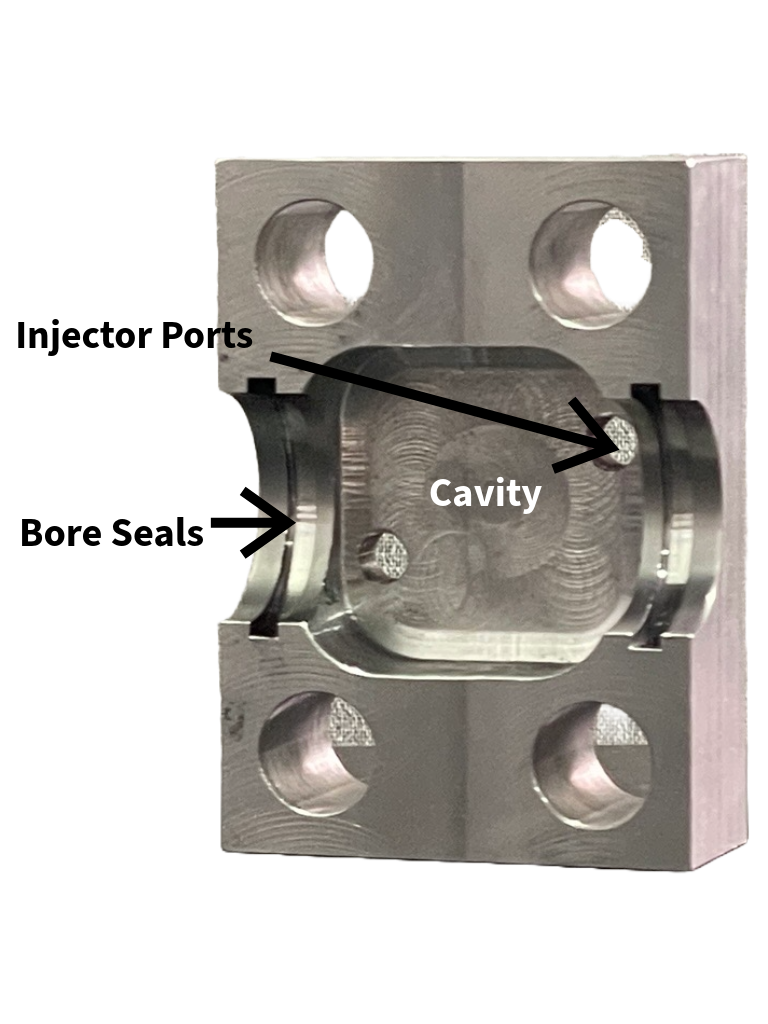Void Fill Leak Enclosures: How They Work and When to Use Them.
In this Article, we’re diving into a fundamental concept in leak repair: Void Fill Enclosures. Whether you’re new to this topic or looking to deepen your understanding, we’ll explore what void fill enclosures are, how they operate, and when they’re most effectively used.
What is a Void Fill Enclosure?
A void fill enclosure is a type of leak repair system designed to seal the space, or cavity, between the enclosure and the pipe. This cavity is filled with sealant to create a comprehensive seal. It’s an effective method to repair leaks, ensuring the longevity of the repair and protection against leakage.
The key features of a void fill enclosure consists of three key features. The first notable feature is the cavity, which is the space that gets filled with sealant. Secondly, there are the bore seals, typically made from materials like graphite rope packing or copper tubing, which act as barriers. And thirdly, the Sealant Injector Ports.
The Mechanism of Void Fill Enclosures
The process begins by installing the enclosure onto the pipe. There’s often a gap between the enclosure and the pipe, known as the void. Once the enclosure is securely positioned, an injectable sealant is used to fill this void, sealing off all potential leak paths.
It’s important to note the main leak paths include the areas around the bores and the split line where the enclosure halves join. There’s also potential for leaks through the injection ports. Importantly, bore seals serve as barriers to prevent sealant from extruding, rather than seals on their own.
Types of Sealants: Curing vs. Non-Curing
Void fill enclosures use different types of sealants which can be categorized into curing and non-curing.
Curing Sealants: Will Harden after application, forming a rigid, cast-like barrier. This type has the added benefit of structural reinforcement, which is advantageous in corrosive conditions. However, once hardened, they cannot be reinjected, posing a challenge if not initially applied perfectly. It is recommended that active leaks are securely patched prior to injection of curing sealants, to prevent leaking product mixing with sealant, and causing cracking in the sealant, creating potential leak paths.
Non-Curing Sealants: Remain malleable, similar to Play-Doh. They can be reinjected if a leak appears later, and they are suitable for valves leak repairs that require ongoing functionality. Despite their flexibility, they offer less protection against erosion.
Engineering Insights and Limitations
From an engineering perspective, void fill enclosures are favored in cold weather conditions as they eliminate concerns about internal contents freezing. They’re also beneficial for tight spaces due to a smaller bore requirement where only one static seal groove is required.
Nonetheless, these enclosures have their drawbacks, including risks of external pressure causing pipe collapse and the potential for vast volumes of costly sealant. Mainlining, where sealant enters the service stream is also a potential risk factor.
When to Use Void Fill Enclosures
Void fill enclosures are recommended in scenarios where perimeter seal styles aren’t viable, particularly in corrosive environments or cold climates. Avoid using them with strong or un-patchable active leaks due to the risk of mainlining. Also, they aren’t ideal for long or thinning pipes susceptible to collapse from external pressure when sealant is injected. Note, there are cases where sealant can be poured in without pressure, such as when a pour in epoxy is used, and those do not have the same external pressure risk as traditional injectable sealants.
Conclusion
Void fill enclosures offer a robust solution for leak repairs when utilized appropriately. By understanding their limitations and selecting sealants judiciously, you can ensure effective repairs.
If you found this information useful and want to learn more about advanced leak repair methods, don’t forget to subscribe to our channel or join our mailing list. We share new insights and tutorials regularly—stay ahead of your maintenance challenges by staying informed.


